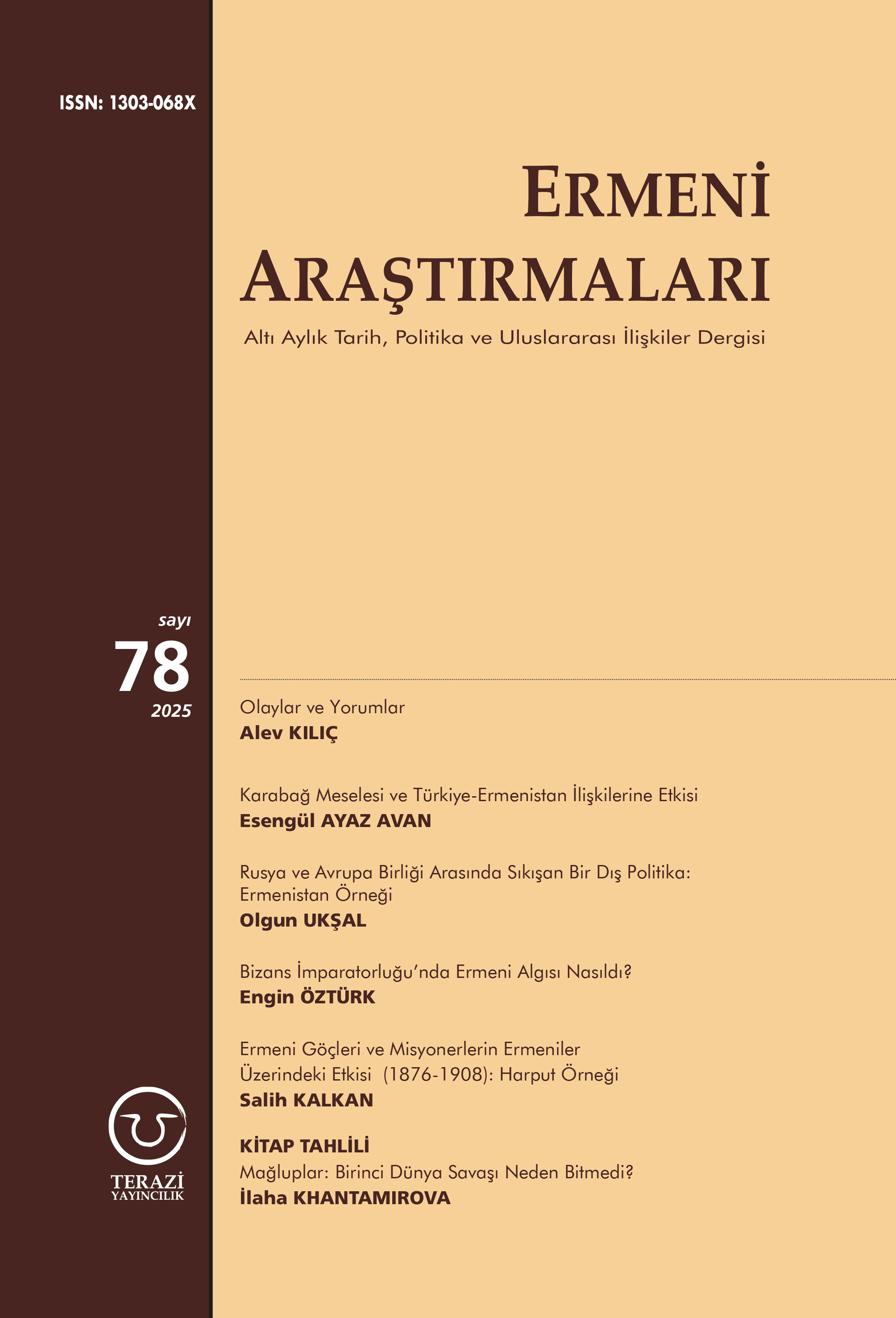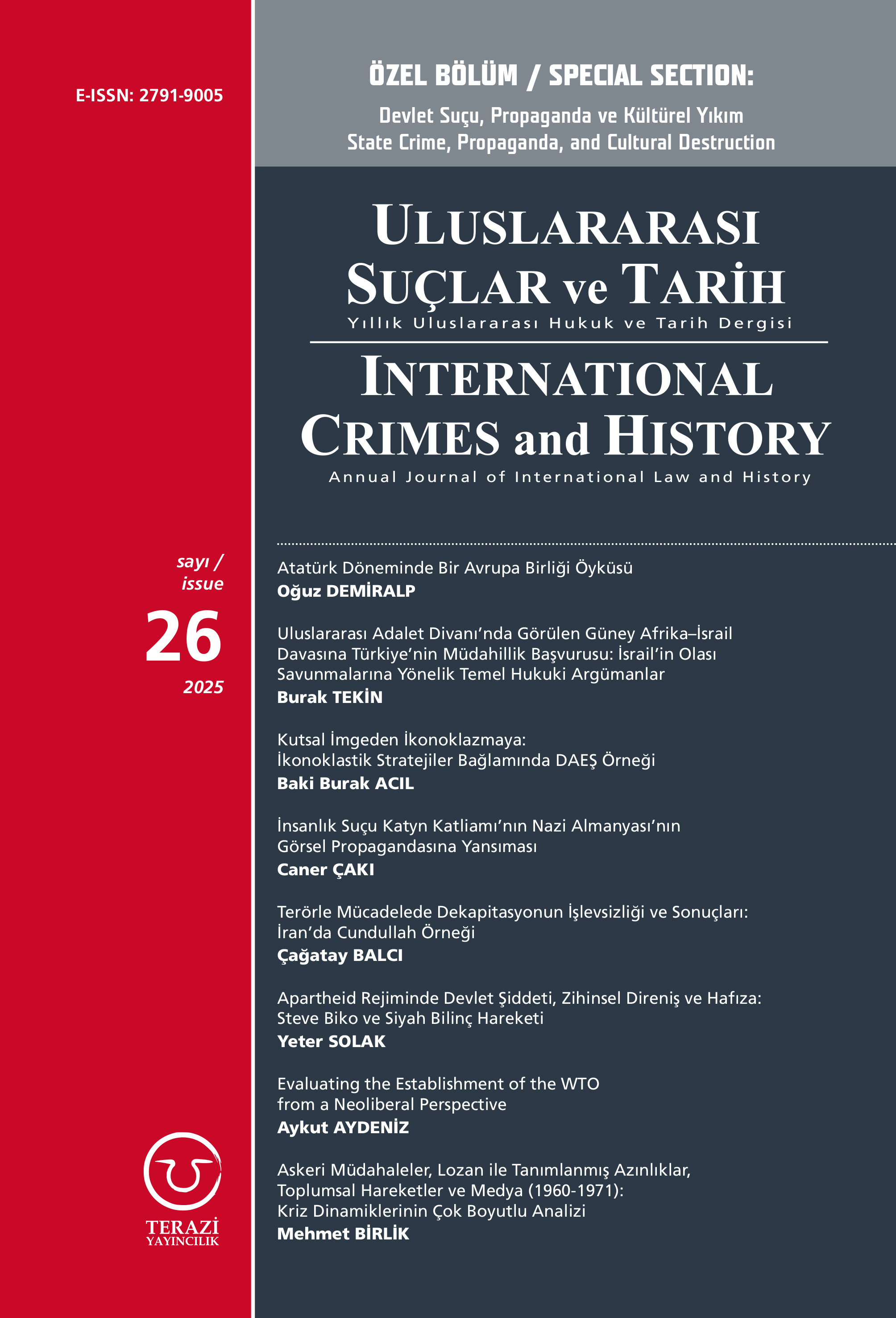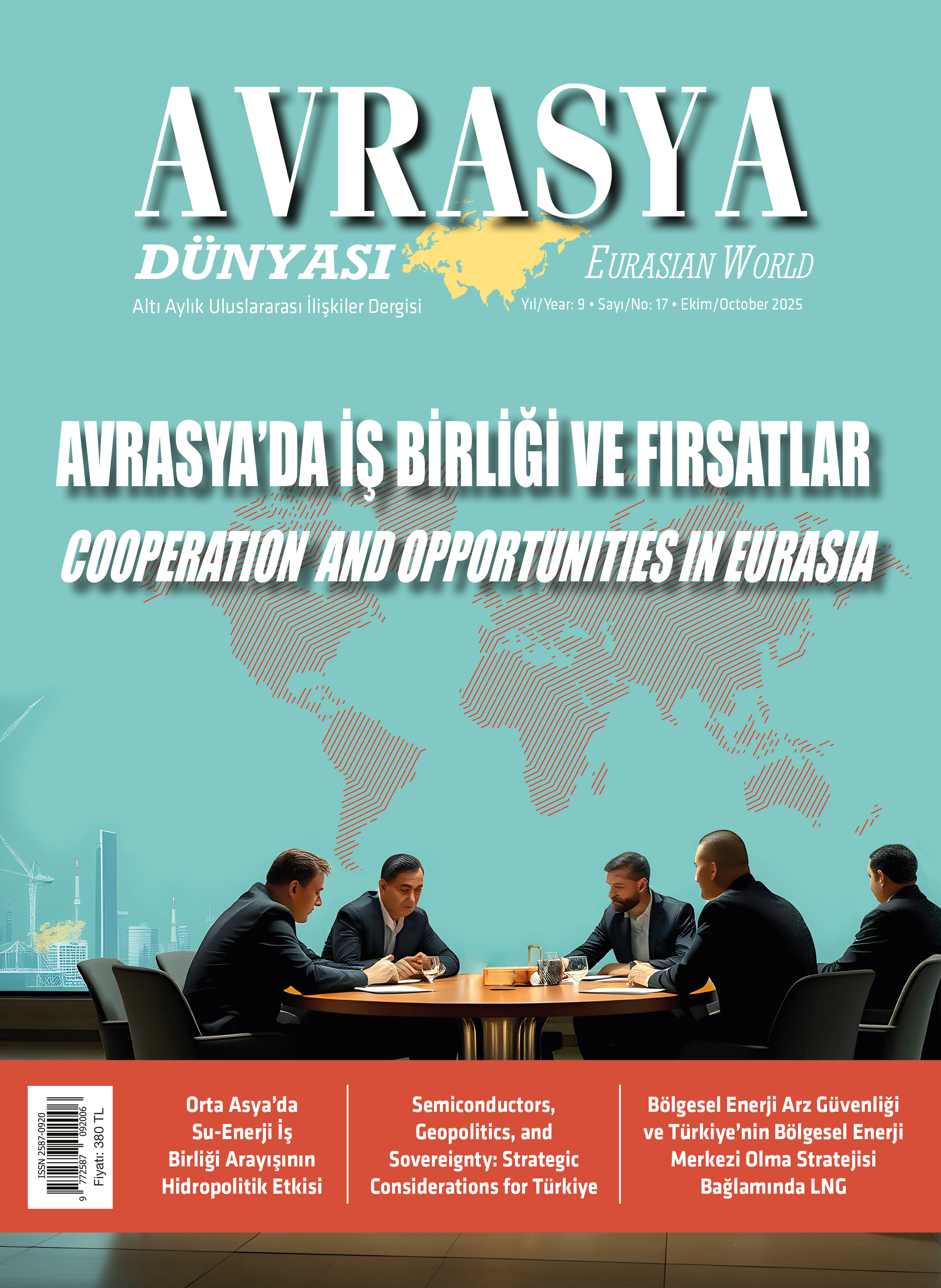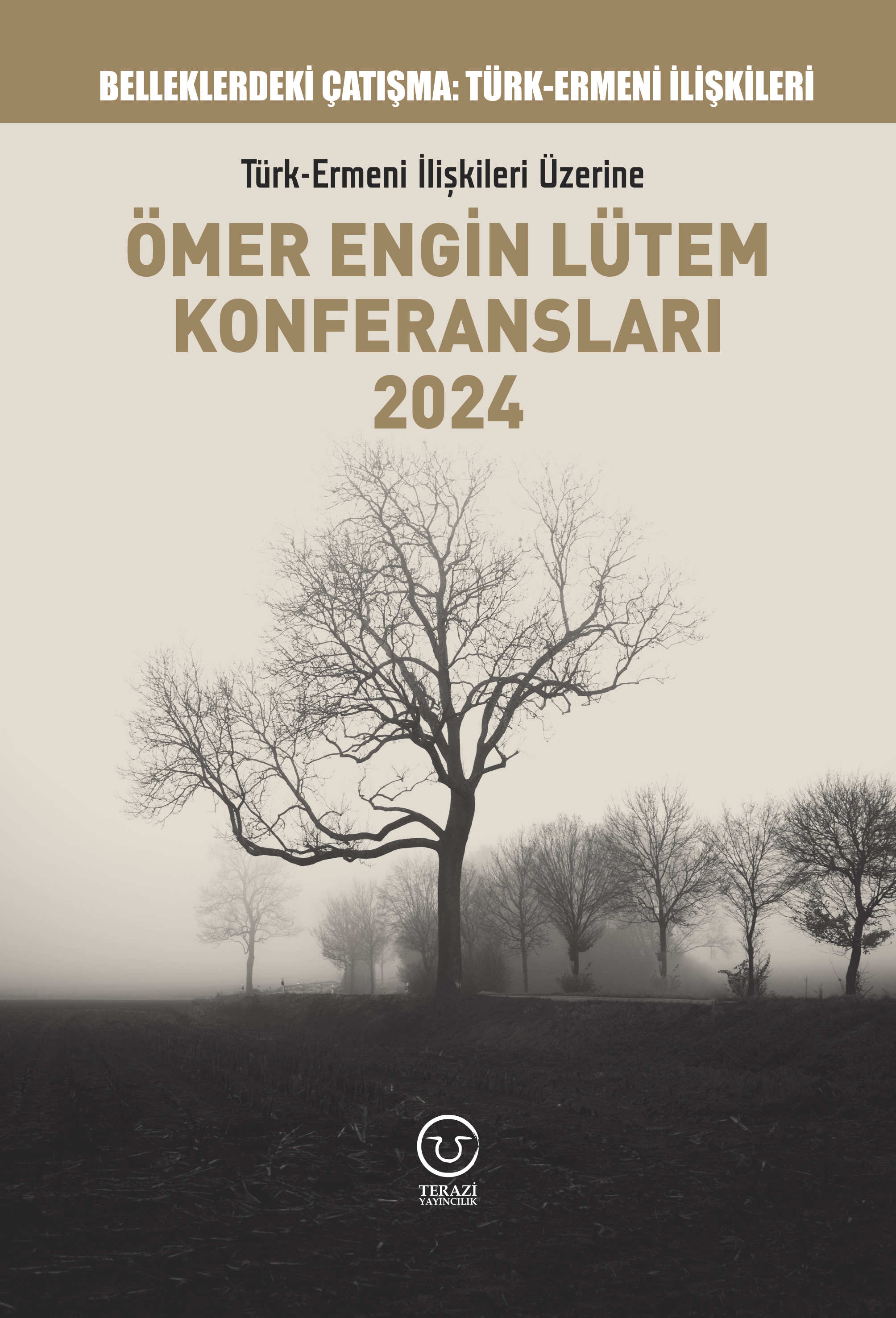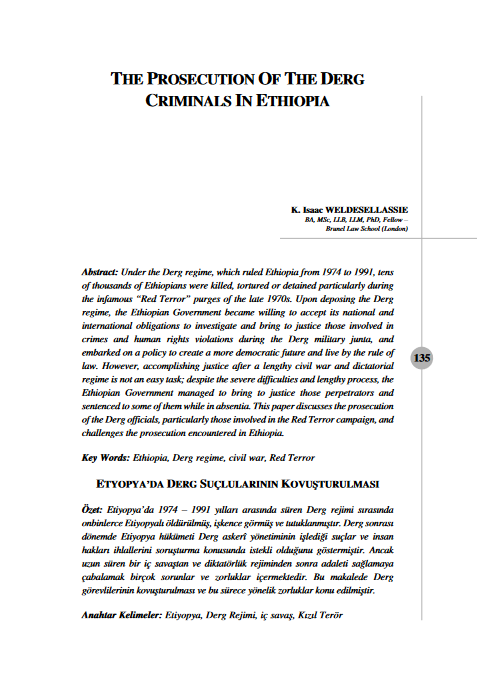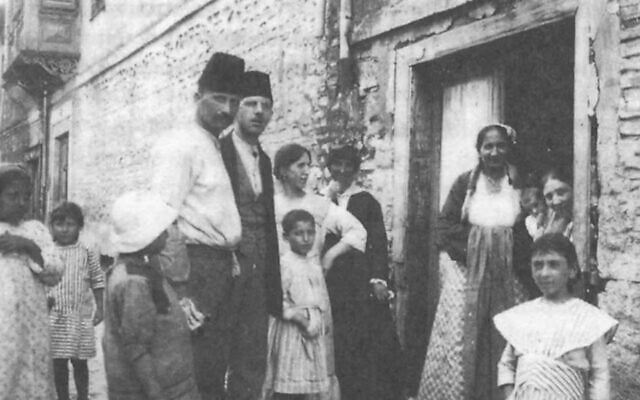
A recent article titled “Thessaloniki’s Armenian minority and Jewish past are bound by a shared history of genocide,” penned by Larry Luxner,[1] makes several controversial claims on the Ottoman-Armenian events of 1915, while blatantly ignoring the Greek government’s and society’s role in the decline of Jewish population in Salonica. Luxner notes that half of Salonica’s “residents were Jewish in 1919. Today, only a few are.” According to the author, Armenians and Jews in Salonica share a common history of “genocide.”
First, the Armenian population of Salonica had not been affected by the events of 1915 as these tragic events mostly unfolded in Eastern Anatolia and what is today Syria.
Second, while the Salonican Jews had undergone a terrible genocide and suffered tremendous losses at the hand of the Nazis, the author ignores that, in the lead up to the Holocaust and the Nazi invasion, the Greek government deliberately implemented violent and discriminatory practices which had also caused a decline in the population of the city’s Jewish population.
Most of the Jewish community in Salonica was comprised of Sephardic Jews, whose forebears fled the Iberian Peninsula to escape the harsh oppression of the Spanish Inquisition. Over the years, various groups of Jews seeking safety came to the city, including those escaping anti-Semitic violence in Eastern Europe during the late 19th century and specifically Jews fleeing the pogroms in Kishinev in 1903 and Odessa in 1905. The Ottoman Empire, particularly Salonica, served as a refuge for these individuals. Samuel Cox, the US Ambassador to the Ottoman Empire from 1885 to 1887, described Salonica as “a paradise for Jews.”
Consequently, it is not surprising to see why the Ottoman Empire was viewed as a refuge for Jews, who openly expressed their loyalty to the state, celebrating the Ottoman victory over Greece in 1897. By the early 20th century, Jews became the predominant population in the city of Salonica, while the Turks made up the majority in the surrounding province.
However, this favorable situation abruptly changed when Salonica fell to Greek forces in November 1912. The loss was traumatic not just for the Turks but also for the Ottoman Jews, who recalled that anti-Semitic incidents had increased, particularly among the Greek Orthodox communities since 1860. At the onset of the Balkan Wars, the Jewish community publicly reaffirmed their allegiance to the Ottoman Empire. Jacob Meir, the city’s chief rabbi, having prayed in Turkish for Sultan Reşad a year prior, expressed his willingness to fight for the Turks, noting that he “would have taken up arms if that had not been an impossibility, in order to prevent the fate which befell the Turks.”
Greek newspapers of Salonica, Alethia and Pharos called for an economic boycott of Jewish businesses even before 1912. The entry of the Greek army into Salonica was followed by looting and attacks on Jews and their property. It is, therefore, hardly surprising that the loss of Salonica was grieved deeply not only by the Turks but also by the city’s Jewish residents. In November 1912, Joseph Cohen sent the following letter to Paris:
“It is done and no sooner has the Turk abandoned the city than anti-Semitism has reared its ugly head, with the entry of the first Greek soldiers into the town… It is when one loses what one has that one appreciates its true value, and the Jews who had always recognized the rare qualities of tolerance and good will of the Turkish people, feel today that they have lost in this terrible cataclysm their strongest and surest protectors. The simplest among the people have come to me with tears in their eyes saying that they cannot reconcile themselves to the ruin of the Ottoman fatherland… There have been accusations against Jewish merchants that they have been selling poisoned drink to the Greek soldiers. A long and painful experience has taught us that anti-Semitism always begins like this, always takes form that eventually leads to massacres.”
Meanwhile, the American Consul in Salonika John Kehl, based on a report he received from the Grand Rabbinate of the city on the abuses against Jews by the Greeks, noted that “there has been abuses, such as for example, the arrest of several Jews accused of having given poison to Greek soldiers in their drinks.” He also added that “It should also be noted that at Salonika a double assassination was committed against two Israelites as they were quietly homeward bound.”
A journal from 1912 kept by Gabriel Arié, headmistress of Jewish girls’ school, also reveals the extent of anxiety and doubts regarding their future entertained by the Ottoman Jews:
“[C]an one reason with anti-Semitism? This page in history comes to a close with dark omens. We Jews have an enormous debt of gratitude to the Ottoman population, so far from progress, it is true, but nevertheless so humane. Who knows after how many days of suffering we will regret the guiding hand of the Turks, so gentle to the Jewish population.”
Joseph Nehama, director of the Alliance school, ended his own letter reporting the same events with the following premonitory note:
“What will be our fate in the new circumstances in which we find ourselves? One fears the worst. Many speak of total ruin and of a mass exodus from Salonika as a result of anti-Semitism and of the new economic conditions engendered by the war.”
Thus, the Ottoman Jews clearly displayed their support for the Turks, inciting ire from Greek nationalists. Following the Greek takeover of Salonica, anti-Semitic articles began to proliferate in the Greek press. Synagogues were targeted, and “Sifrei Torah,” the sacred scrolls, were desecrated. Historical Jewish sites were destroyed, and Jewish homes were raided and robbed. The weekly market that previously took place on Mondays was moved to Saturdays, deliberately excluding pious Jewish merchants. These acts aimed to intimidate Jews and encourage their departure from Salonica. Many prominent Jewish families fled to İzmir and İstanbul, lamenting the loss of “the happy times of Ottoman rule” which were now “long gone.”
In the following decades, the Jewish fears consistently came to be materialized. The Greek government implemented laws to Hellenize the city at the expense of the Salonican Jews:
“a law was recently passed [by Greek government] stating that every economic and public institution was to hire veterans of the Greek army. … all the Jewish banks and institutions are obliged employ Greek clerks. Hence, even the offices of the Jewish community in Salonica had to accept a Greek Christian employee.”
Throughout the 1930s, violence against the Jews was also encouraged and not punished:
“[T]wo Jews on a tram were beaten up until they bled because they were speaking Ladino and reading the Jewish newspaper, Le Progrés, which was demonstratively torn up. One of the Greek attackers on the tram was arrested and taken to court. During the proceedings, the son of the wholesale merchant Karamaounas appeared as a defence witness and swore that the detainee was innocent. The judge rejected the [testimony of] Jews, explaining that he believed in the testimony of the Greek witnesses.”
Greek press in Salonica, especially the newspaper Makedonia, consistently propagated anti-Jewish sentiments, deepening hostility against the Jews. The press-driven hostility culminated in an anti-Jewish pogrom in the Campbell district, which housed most of the remaining Jewish population. The neighborhood was destroyed by fire in 1931, prompting the first mass exodus of thousands of Jews to Palestine, reducing their number from 50 percent to 20 percent of the total population.
In addition to violent attacks, Jews were stripped of the cultural and educational rights they had enjoyed under Ottoman rule. New regulations mandated the use of Greek in Jewish schools and prohibited Hebrew and Judeo-Spanish. Plans were also initiated to seize land from the main Jewish cemetery in Salonica for the new university, aiming to further displace the Jewish community. These developments contributed to a significant migration of Jews to Palestine, with many Sephardic Jews lamenting this new expulsion, which they regarded as “tragic as the exodus from Spain.”
Meanwhile, the Nazi’s consul in Salonica expressed his delight at the conduct of local Greek population against the Jews: “the boycott of Jewish stores that is already being imposed quite openly by Greek customers in the Macedonian cities could be attributed to the covert agitation of the Ethniki Etaireia.” The consul further observed that “the Greek masses, like their government, tended to exhibit anti-Semitic attitudes.”
As World War II commenced and Nazi Germany occupied Salonica, the remaining Jewish community of about 56,000 faced even greater horrors. By 1945, it is estimated that only around 10,000 members of Greece's pre-war Jewish population survived, indicating that 75 percent of the Greek Jewry was annihilated, with most being deported to Auschwitz. Historian Nora Levin estimates the death toll across Greece exceeded 60,000 Jews, marking almost total destruction. After the war, the Central Committee of Jewish Communities in Greece stated that “87 percent of the pre-war population of 79,950 had been killed,” leading to a tragic end for Jewish existence in the city.
Throughout the 19th and early 20th centuries, the Jewish community of Salonica was the largest, most significant, and wealthiest within the Ottoman Empire, enjoying protection until the city’s fall. The relationship between Jews and the Ottoman state was one of mutual respect and benefit, with the Empire recognizing the vital role of Jews in economic growth. The Turks had consistently viewed Jews as loyal subjects, while the Jews held profound gratitude for the Ottoman Empire, which had provided them sanctuary after their departure from Spain centuries earlier. Unfortunately, the circumstances for the Jews of Salonica deteriorated drastically following the Greek occupation and far more horrendously during the Nazi regime in World War II.
In an effort to rewrite history, Luxner’s article simply leaves out the role of Greece in the persecution and flight of Salonica Jews. This should be pointed out in justice to the memory of Jewish victims of Salonica.
*Picture: “A Jewish family in Thessaloniki in 1917” – Source: the Times of Israel
[1] Larry Luxner, “Thessaloniki’s Armenian minority and Jewish past are bound by a shared history of genocide”, The Times of Israel, September 30, 2025, https://www.timesofisrael.com/thessalonikis-armenian-minority-and-jewish-past-are-bound-by-a-shared-history-of-genocide/
© 2009-2025 Center for Eurasian Studies (AVİM) All Rights Reserved
No comments yet.
-
 THE AMERICANA DEBACLE: THE ARCHITECTS OF DENIAL
THE AMERICANA DEBACLE: THE ARCHITECTS OF DENIAL
AVİM 22.08.2017 -
 THE ARMENIAN NATIONAL COMMITTEE OF AMERICA'S (ANCA) OUTRAGEOUS SMEAR CAMPAIGN AGAINST DISNEY PLUS'S ATATURK SERIES PROJECT
THE ARMENIAN NATIONAL COMMITTEE OF AMERICA'S (ANCA) OUTRAGEOUS SMEAR CAMPAIGN AGAINST DISNEY PLUS'S ATATURK SERIES PROJECT
AVİM 13.07.2023 -
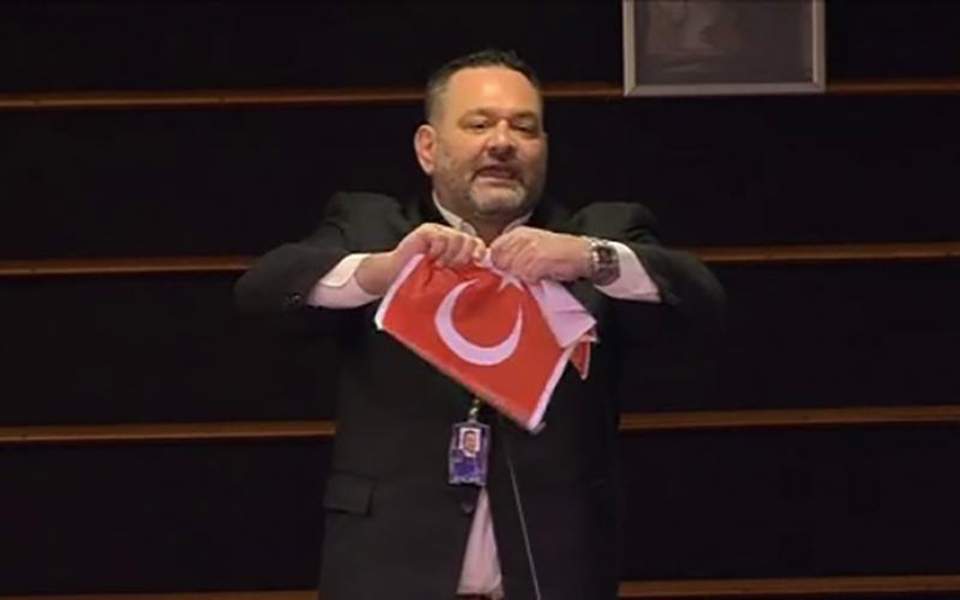 TIME FOR THE EUROPEAN PARLIAMENT TO DECIDE ON THE IMMUNITY OF NEO-NAZI GREEK MEP
TIME FOR THE EUROPEAN PARLIAMENT TO DECIDE ON THE IMMUNITY OF NEO-NAZI GREEK MEP
AVİM 30.10.2020 -
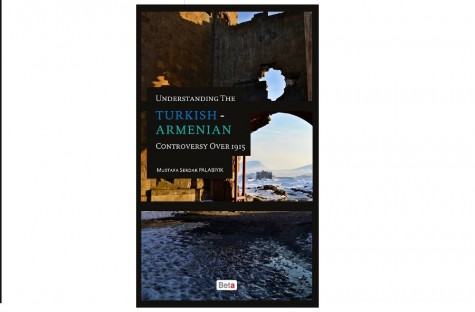 BOOK LAUNCH-UNDERSTANDING THE TURKISH-ARMENIAN CONTROVERSY OVER 1915
BOOK LAUNCH-UNDERSTANDING THE TURKISH-ARMENIAN CONTROVERSY OVER 1915
AVİM 06.04.2015 -
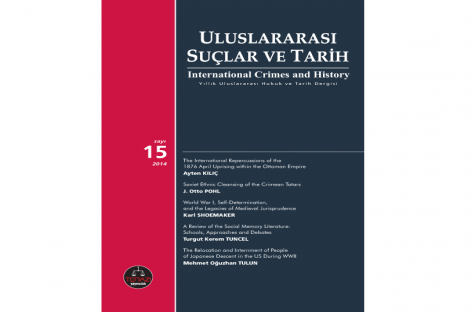 THE LATEST ISSUE OF THE JOURNAL OF INTERNATIONAL CRIMES AND HISTORY HAS BEEN RELEASED.
THE LATEST ISSUE OF THE JOURNAL OF INTERNATIONAL CRIMES AND HISTORY HAS BEEN RELEASED.
AVİM 16.03.2015
-
 AN OVERVIEW OF THE YEAR 2024
AN OVERVIEW OF THE YEAR 2024
AVİM 31.12.2024 -
ARMENIA’S NUCLEAR POWER PLANT ON THE TURKISH BORDER
Alev KILIÇ 22.10.2012 -
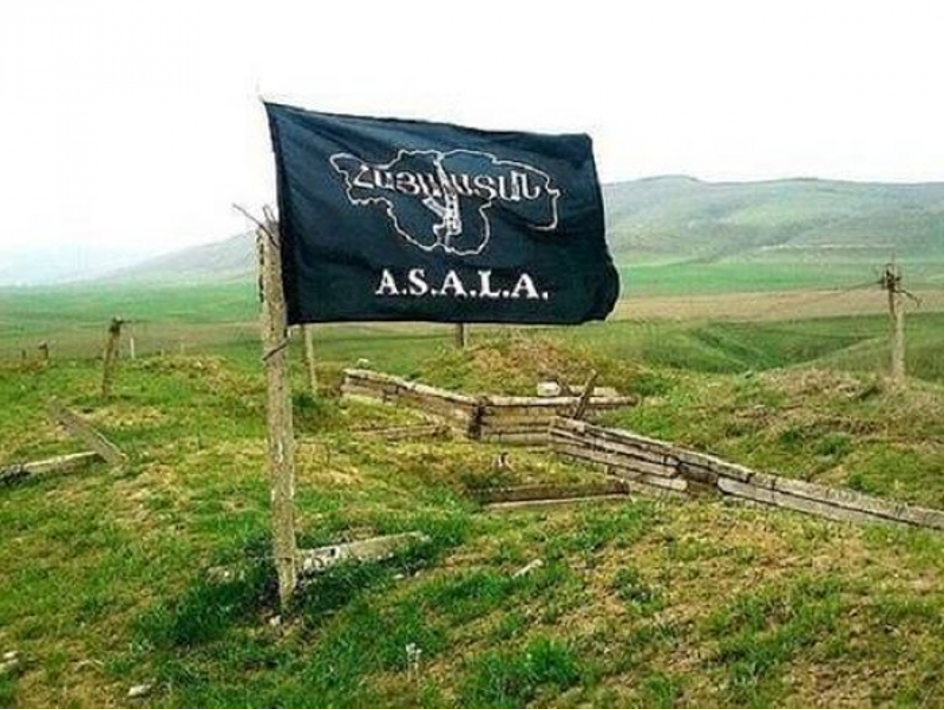 MONTE MELKONIAN AND HIS TERRORIST IDENTITY
MONTE MELKONIAN AND HIS TERRORIST IDENTITY
Hazel ÇAĞAN ELBİR 10.01.2025 -
ARMENIA 2013 (3)
Ömer Engin LÜTEM 08.01.2013 -
ARMENIA IS MARKETING ITS GEO-STRATEGIC POSITION
Alev KILIÇ 08.11.2012
-
25.01.2016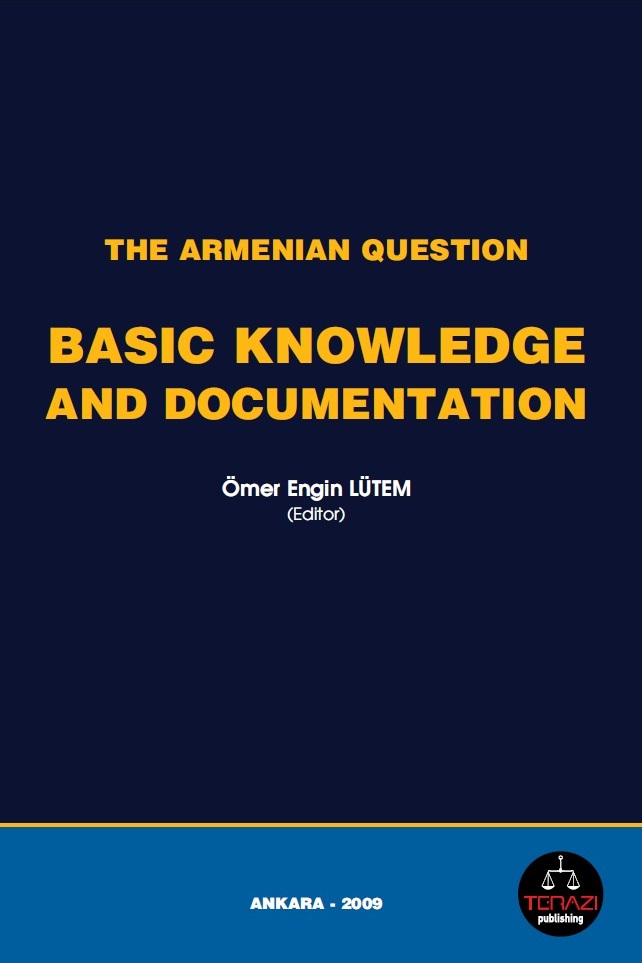
THE ARMENIAN QUESTION - BASIC KNOWLEDGE AND DOCUMENTATION -
12.06.2024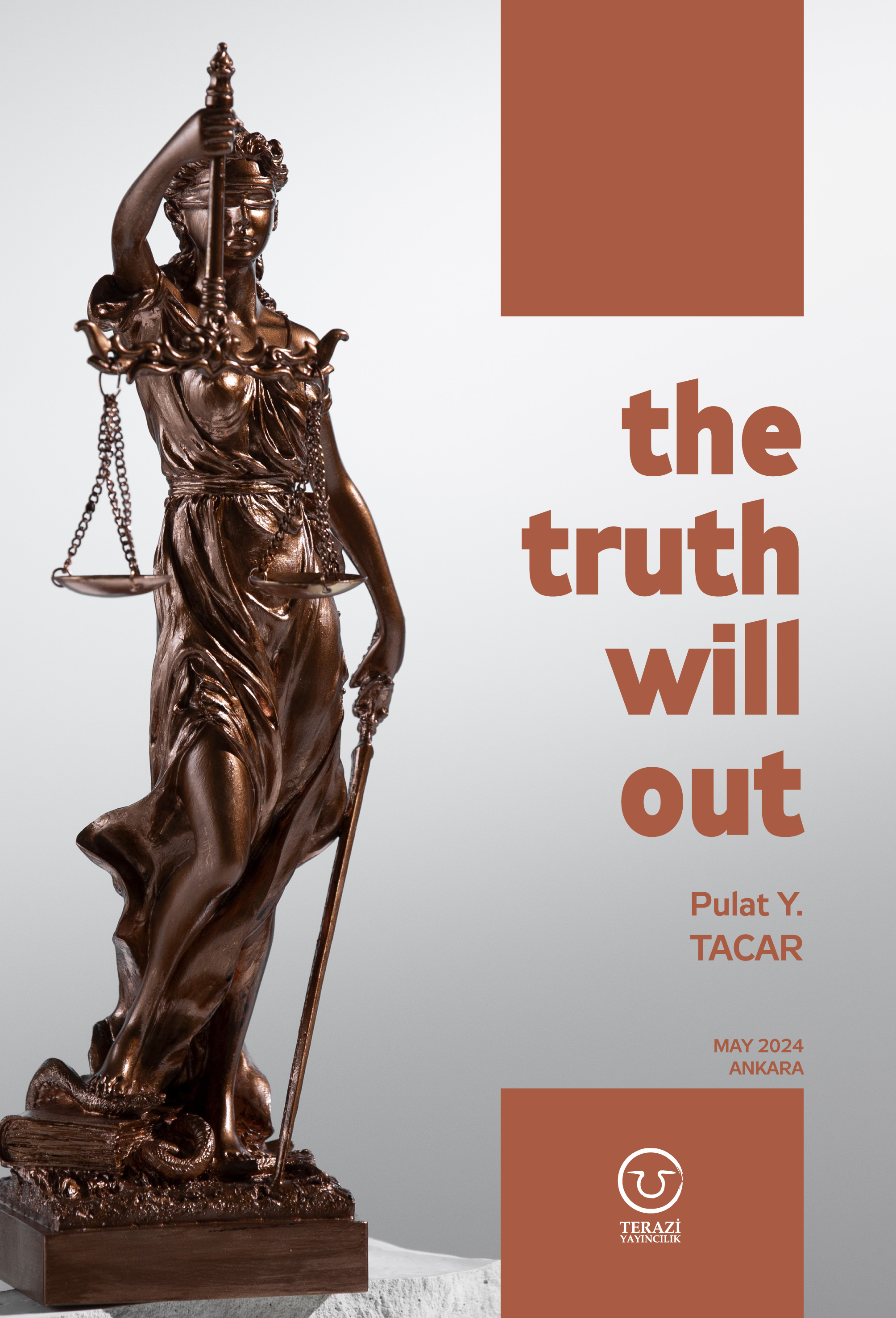
THE TRUTH WILL OUT -
27.03.2023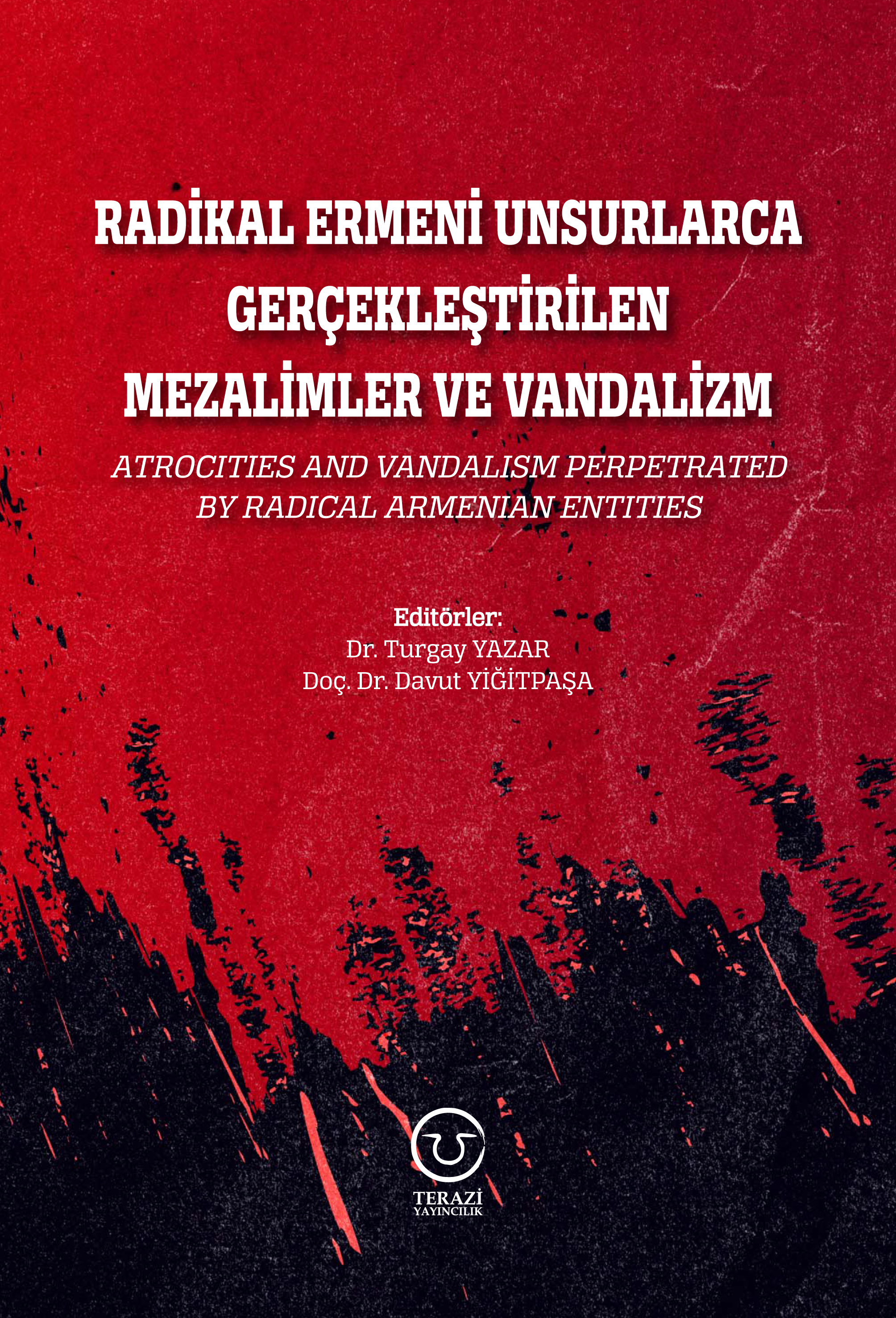
RADİKAL ERMENİ UNSURLARCA GERÇEKLEŞTİRİLEN MEZALİMLER VE VANDALİZM -
17.03.2023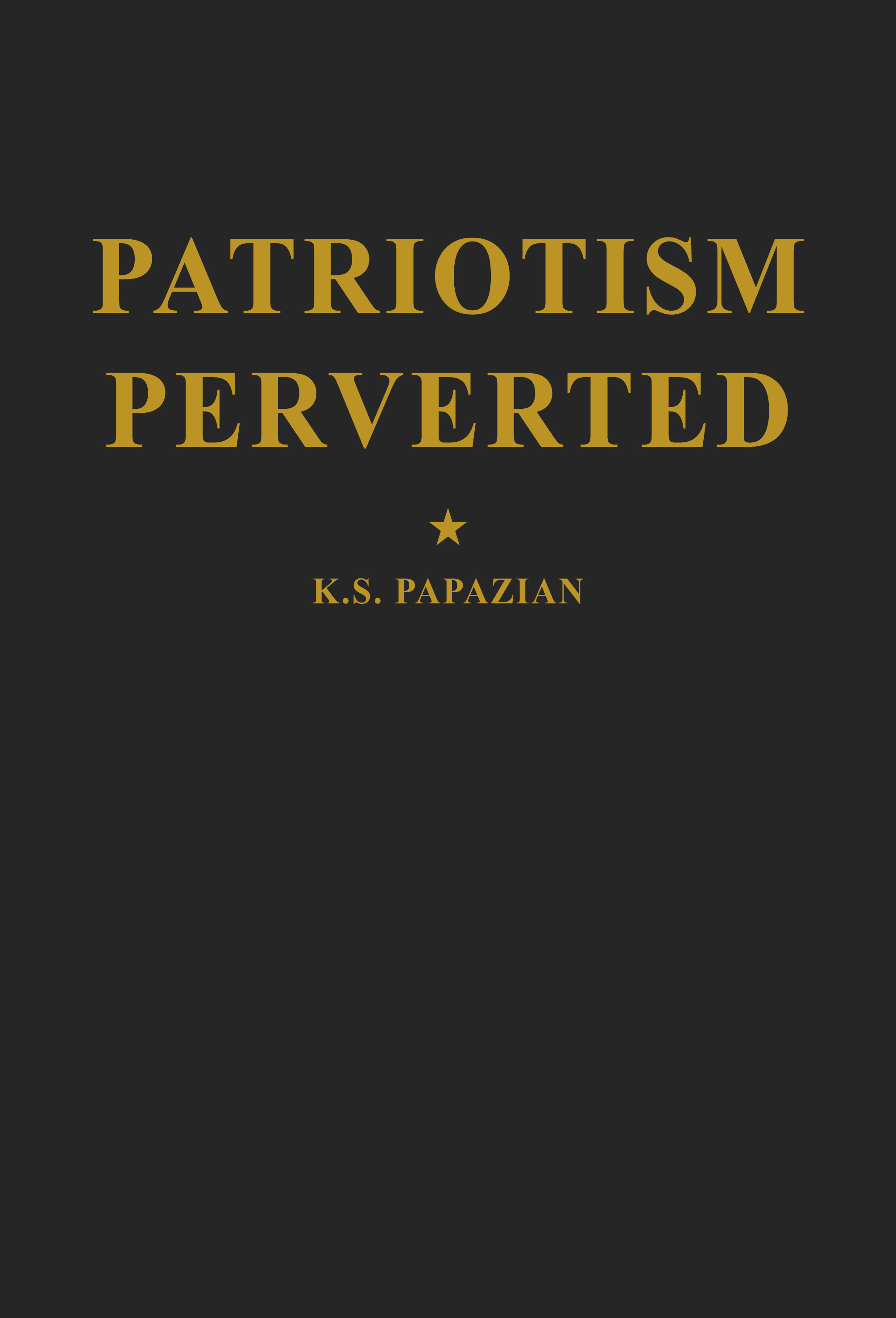
PATRIOTISM PERVERTED -
23.02.2023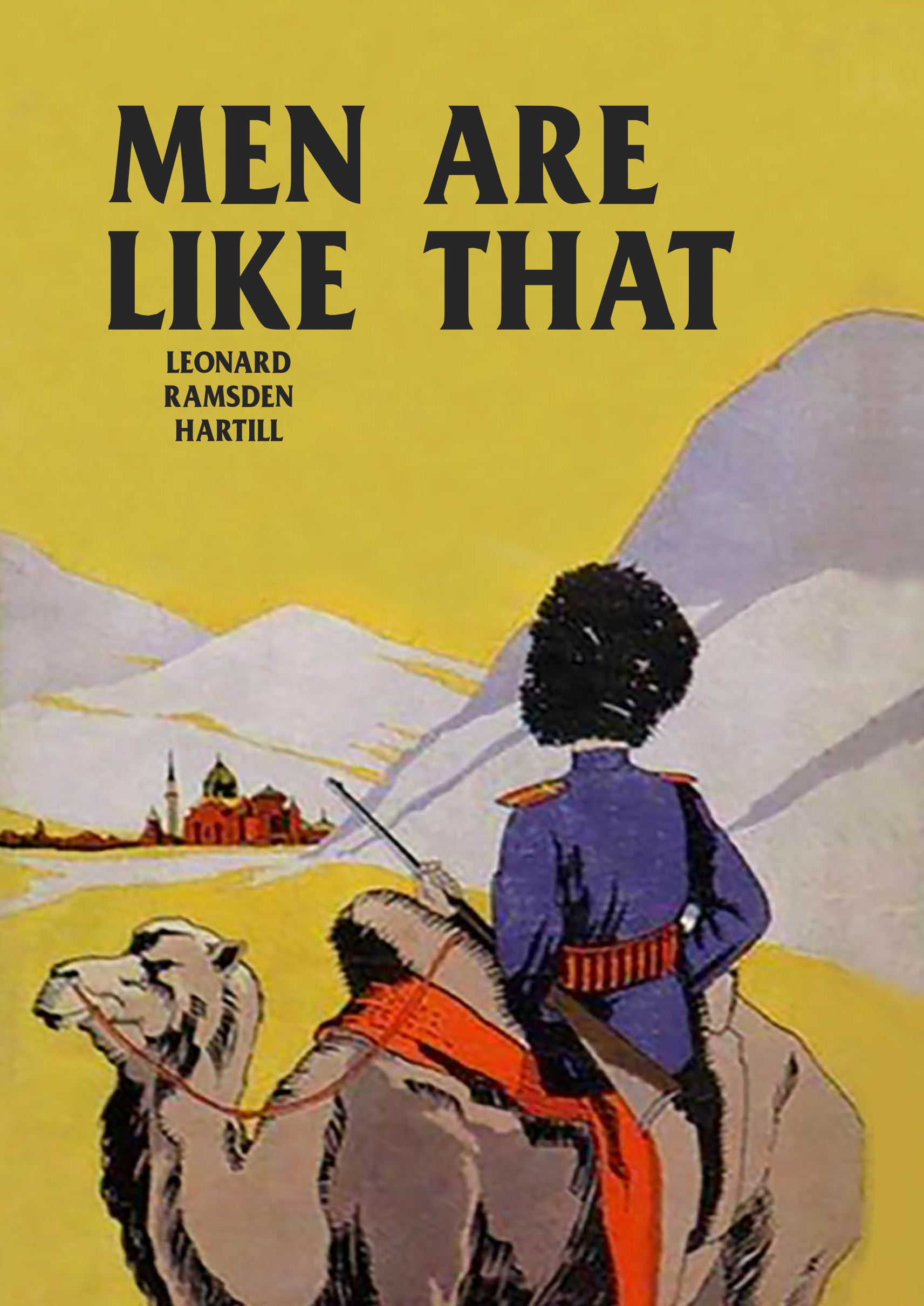
MEN ARE LIKE THAT -
03.02.2023
BAKÜ-TİFLİS-CEYHAN BORU HATTININ YAŞANAN TARİHİ -
16.12.2022
INTERNATIONAL SCHOLARS ON THE EVENTS OF 1915 -
07.12.2022
FAKE PHOTOS AND THE ARMENIAN PROPAGANDA -
07.12.2022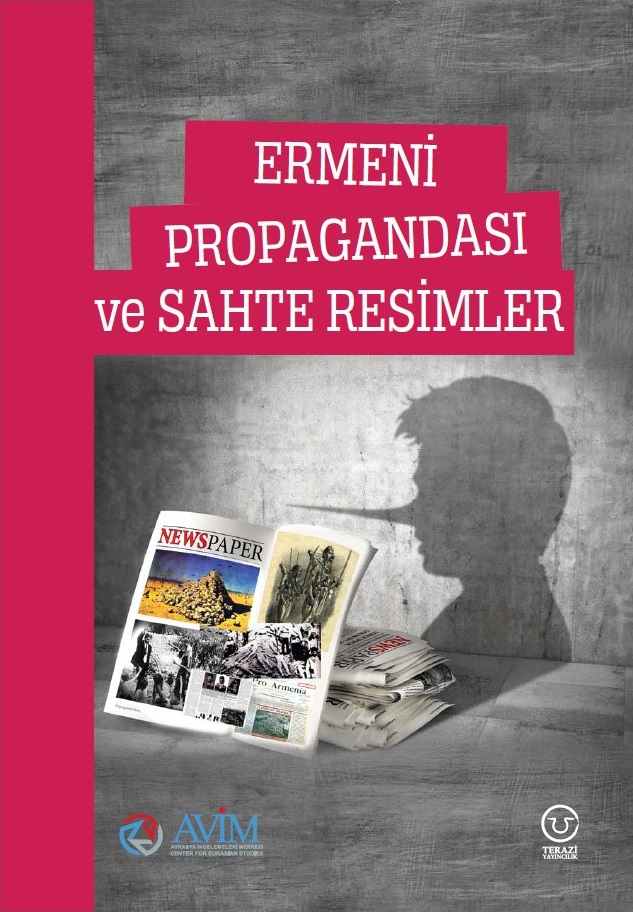
ERMENİ PROPAGANDASI VE SAHTE RESİMLER -
01.01.2022
A Letter From Japan - Strategically Mum: The Silence of the Armenians -
01.01.2022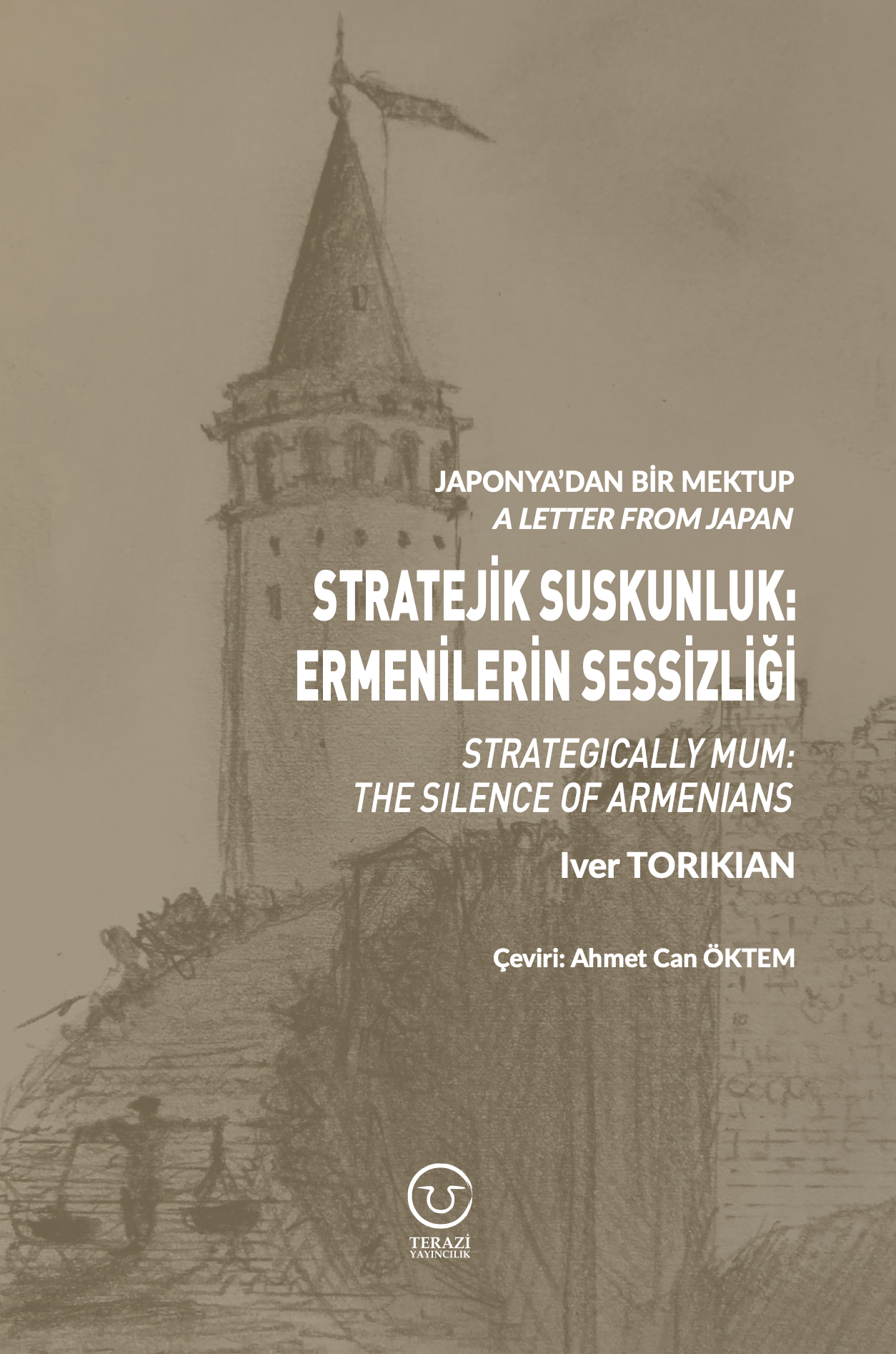
Japonya'dan Bir Mektup - Stratejik Suskunluk: Ermenilerin Sessizliği -
03.06.2020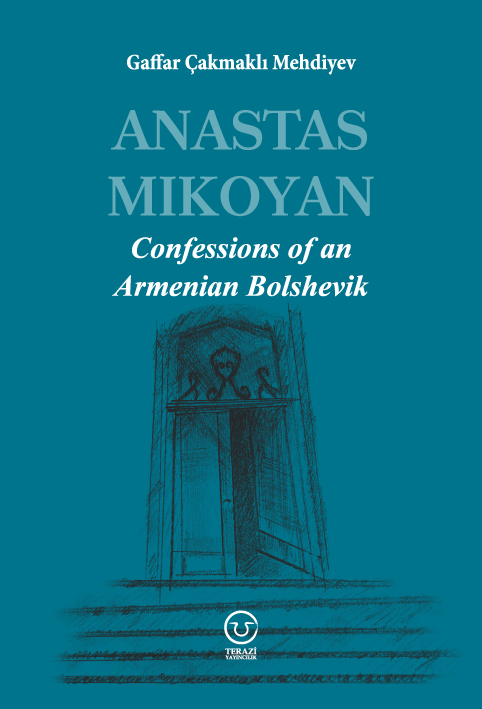
Anastas Mikoyan: Confessions of an Armenian Bolshevik -
08.04.2020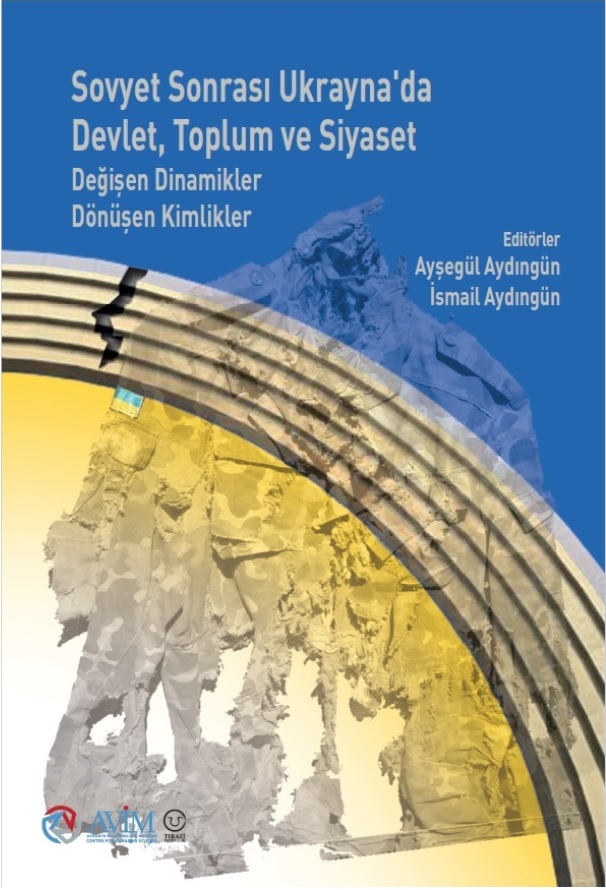
Sovyet Sonrası Ukrayna’da Devlet, Toplum ve Siyaset - Değişen Dinamikler, Dönüşen Kimlikler -
12.06.2018
Ermeni Sorunuyla İlgili İngiliz Belgeleri (1912-1923) - British Documents on Armenian Question (1912-1923) -
02.12.2016
Turkish-Russian Academics: A Historical Study on the Caucasus -
01.07.2016
Gürcistan'daki Müslüman Topluluklar: Azınlık Hakları, Kimlik, Siyaset -
10.03.2016
Armenian Diaspora: Diaspora, State and the Imagination of the Republic of Armenia -
24.01.2016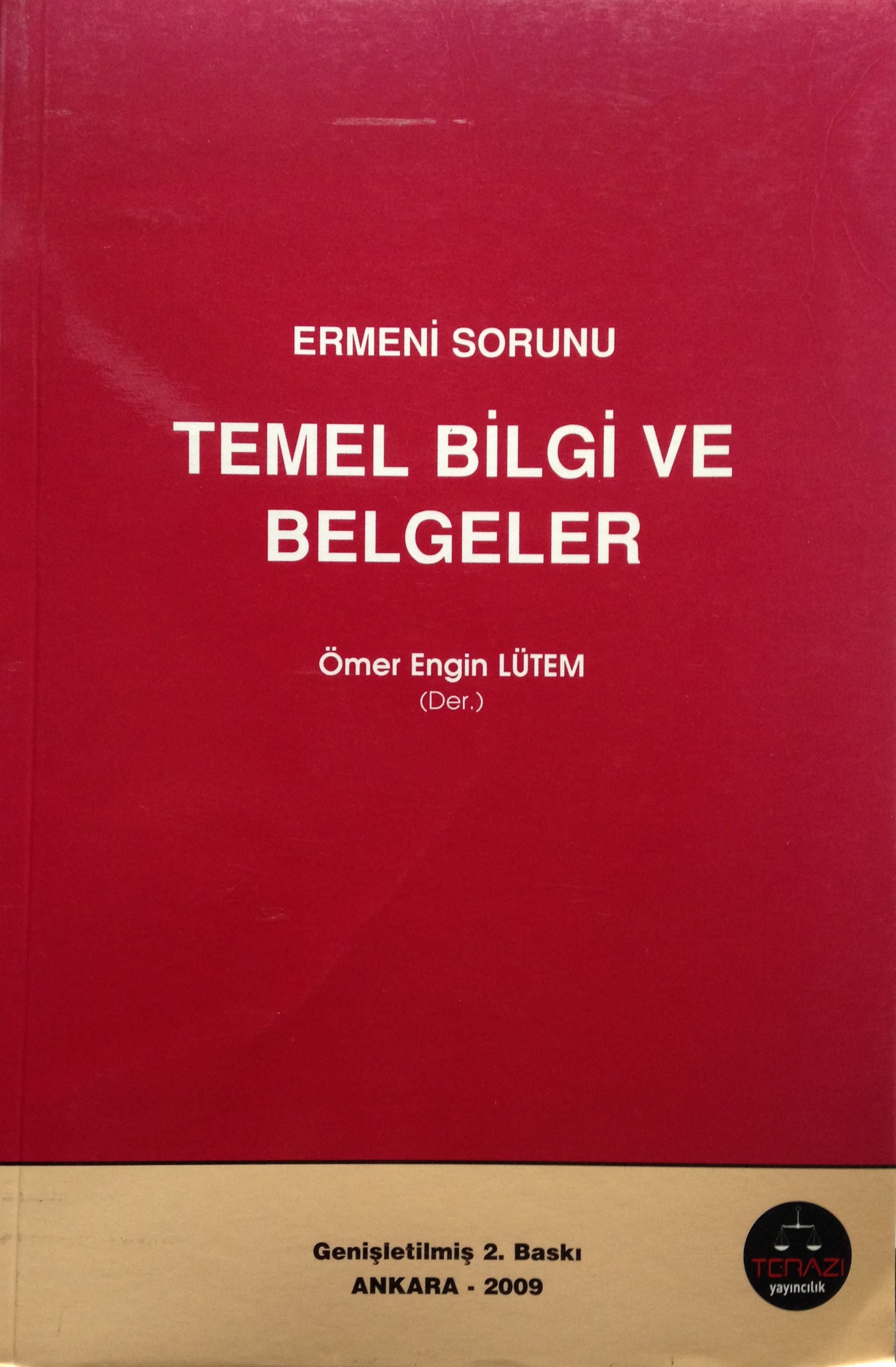
ERMENİ SORUNU - TEMEL BİLGİ VE BELGELER (2. BASKI)
-
AVİM Conference Hall 24.01.2023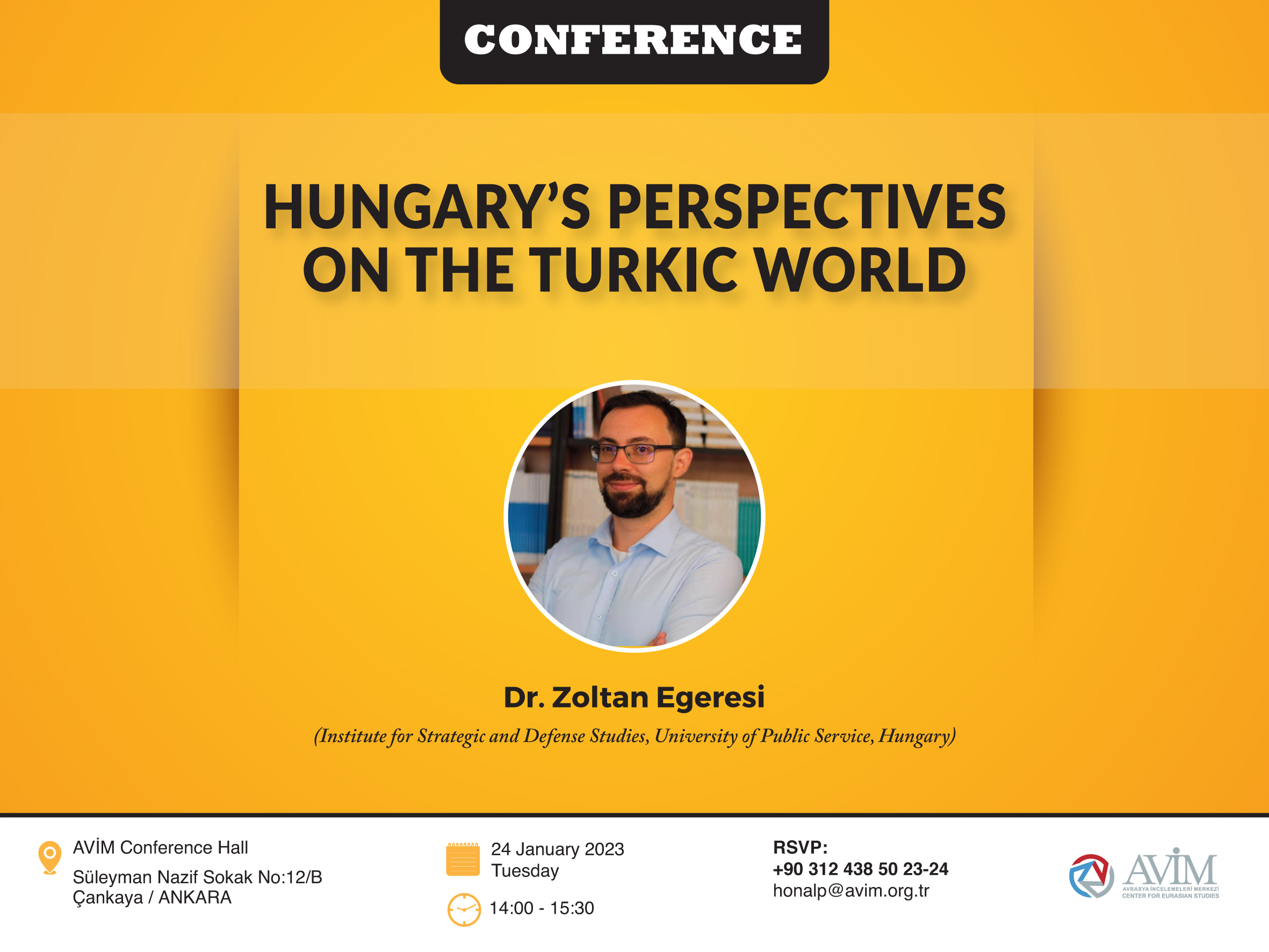
CONFERENCE TITLED “HUNGARY’S PERSPECTIVES ON THE TURKIC WORLD"

